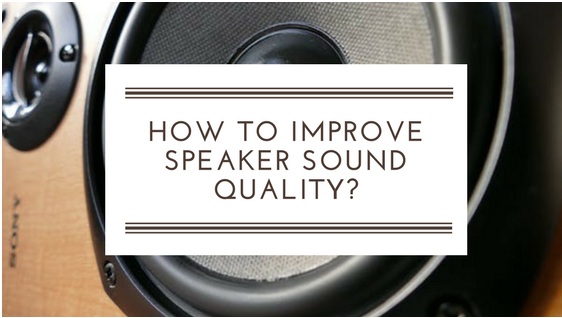2020 has been a year in which we’ve spent a lot of time at home, perhaps enjoying films, television, and music. You might have elected to invest in a high-quality set of speakers. But it’s worth considering some of the varied factors that will affect the quality of sound that you ultimately enjoy as a listener. In many cases, these can be easily dealt with – and a vastly superior listening experience can result.
Move your speakers away from the wall
In interiors where space is restricted, it might seem logical to move speakers back against the wall. In some cases, you might move them right up against the wall! Try to leave a gap of at least half a metre. This will minimise the unwanted reflections you’re getting.
Point the speakers at the listener
If you’re hearing one speaker directly, and another one indirectly, then your listening experience will suffer. Remove obstacles between you and the speaker, too. Speakers should be positioned at around the same height as your ears – this will ensure that the sound from both cones reaches you at roughly the same time. Good speaker positioning should be an equilateral triangle, with the points formed by the speakers and listener.
Take Connectors Seriously
High-quality connectors, of the sort provided by Allied Electronics, can make a marked difference to the sound you ultimately enjoy. Not only can banana plugs make it easier to jack in and jack out, the conductivity of the metal will make a difference to the quality of sound that’s going through the speakers. Many quality speakers come with the option to bi-wire – that is, use four cables to adjoin a speaker rather than two. The jury is still out on how much difference this makes.
Turn off what you aren’t using
Components which don’t make a difference to the sound will introduce noise into the signal. Turning off digital outputs and displays can make a subtle difference to the sound you ultimately enjoy. Whether it’s worth sacrificing convenience toward this end is something for the listener to decide.
Eliminate vibrations
When your speakers are on top of cabinets which haven’t been designed for them, they can transmit all manner of unwanted vibrations. You might have experienced the problem of a speaker rattling a bookshelf whenever a particular bass note is struck. This is a phenomenon that can be mitigated pretty cheaply: old squash balls and bicycle tubes can make a world of difference when placed beneath your equipment.
